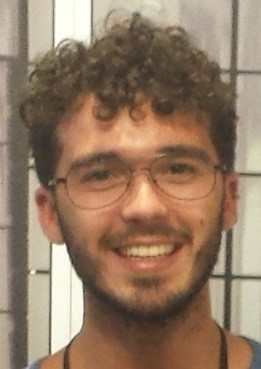52nd Culham Plasma Physics Summer School
Report by Antonio Gurciullo. Powered by FuseNet
 The Culham experience definitely left a positive mark in my life. Here are the reasons.
The Culham experience definitely left a positive mark in my life. Here are the reasons.
The two-weeks 52nd Culham Plasma Physics Summer School was held mainly in the Culham Centre for Fusion Energy (CCFE) and a one-day visit and lectures were planned in the Rutherford Appleton Laboratory (RAL). The summer school focuses on sharing basic knowledge and breakthroughs about fusion plasma. Also some lectures embraced low temperature plasma applications and space plasmas. In few words, the summer school gives a wide overview of plasma in nature and in laboratories. In addition to lectures, visits to JET, MAST and RAL were well planned and the guides, who work in the facilities, were open to answer all kinds of questions.
The first week covered fundamental notions on plasma physics, such as particle dynamics and plasma kinetic theory. Further lectures were about magnetohydrodynamics (MHD), waves in plasmas, magnetic confinement, inertial confinement, space plasma physics, low temperature plasmas and computational plasma physics. Mixed with them, problem-solving sections helped the student to familiarize with the theory.
The second week, from my point of view, was the most exciting part of the summer school. Insights about plasma instabilities and turbulence, dusty plasmas and plasma transport caught my attention. Also lecture about diagnostics, plasma heating, plasma wall interactions and astrophysical plasma were as exciting as the previous ones. Who is interested on laser applications would certainly find interesting the lectures about laser plasma physics, particle accelerations and inertial confinement.
The three planned visits were all in the second week. Unfortunately JET and MAST were under upgrading works. Nevertheless both visits were satisfactory and, call it the good side of the coin, we had the opportunity to see MAST piece by piece. It is fascinating the work behind these two facilities. RAL is not less fascinating. It is one of the world’s leader laser facilities. The tour was useful to understand how the laser pulse is created, compressed and focused to hit the target, and to understand what type of experiments can be made.
The participants usually are first year PhD students or, like me, have just finished the MSc studies. The environment is friendly and it is a perfect place where to build your own network, not only among students, but also with the lecturers.
We had time for visiting the city of Oxford or the countryside. I liked enjoying the free time walking around, running along the river Thames or inside the Christ Church Meadow with some students of the summer school. There were occasions for going in pubs and restaurants all together or in small groups. The organizers of the summer school arranged a nice boat trip on the river Thames and two dinners in the St Edmund Hall.
I would like to thank FuseNet for having funded my participation to the summer school. This experience definitely enhanced my motivation and ambition on joining the plasma physics research world.
